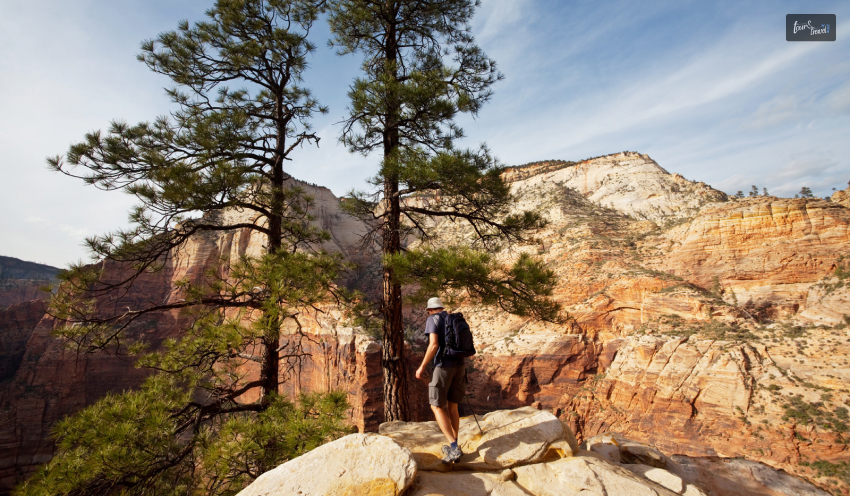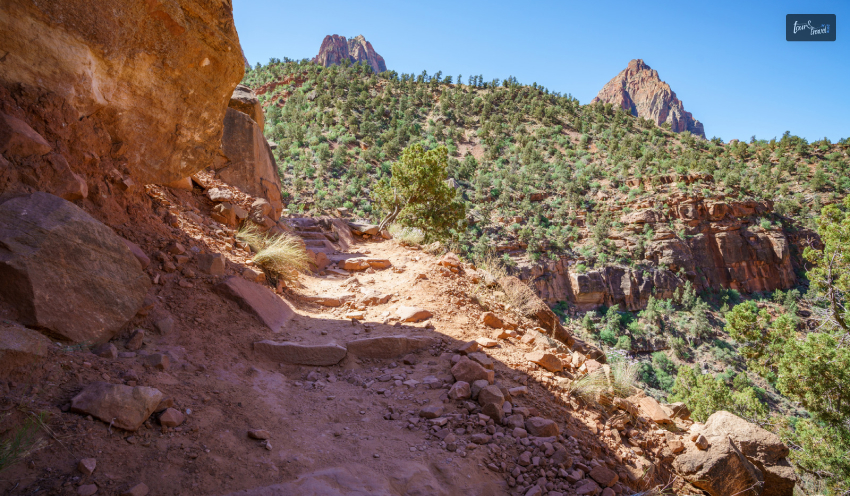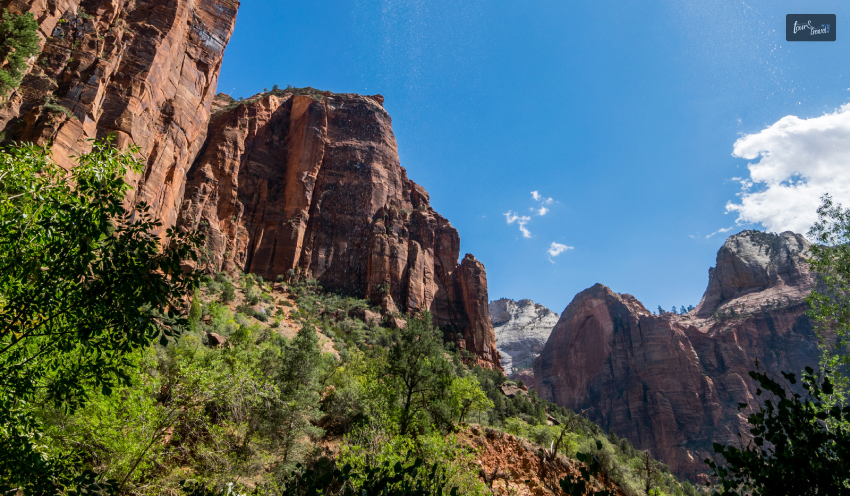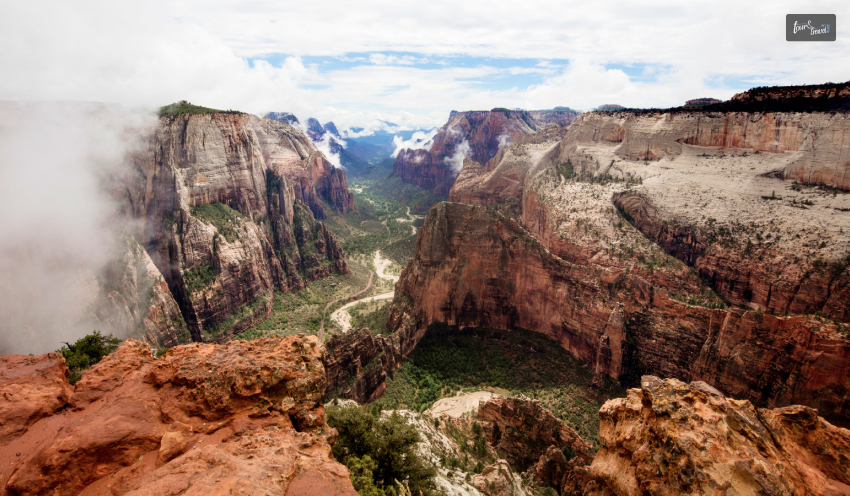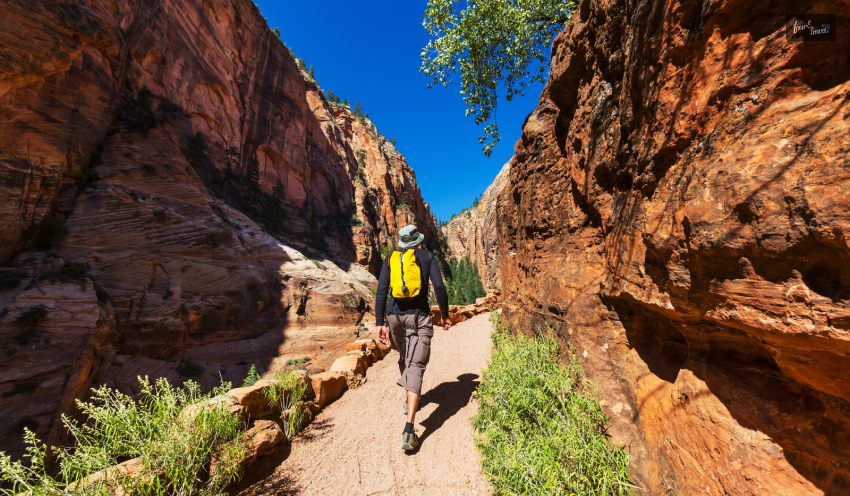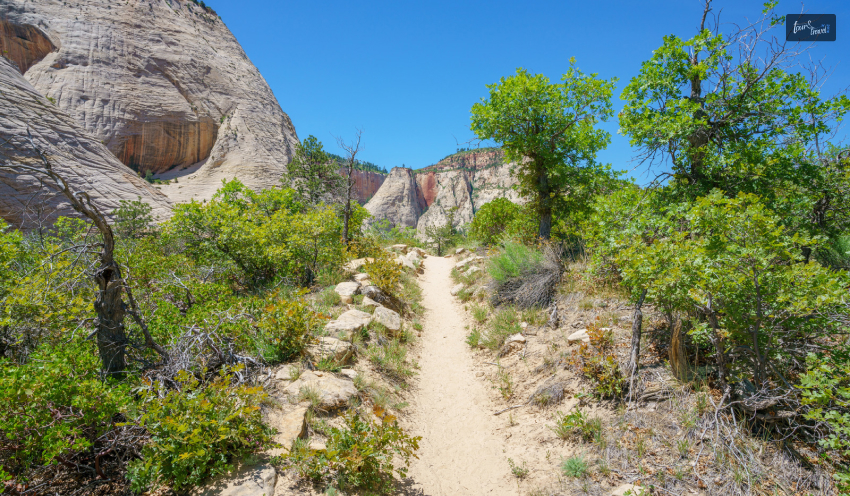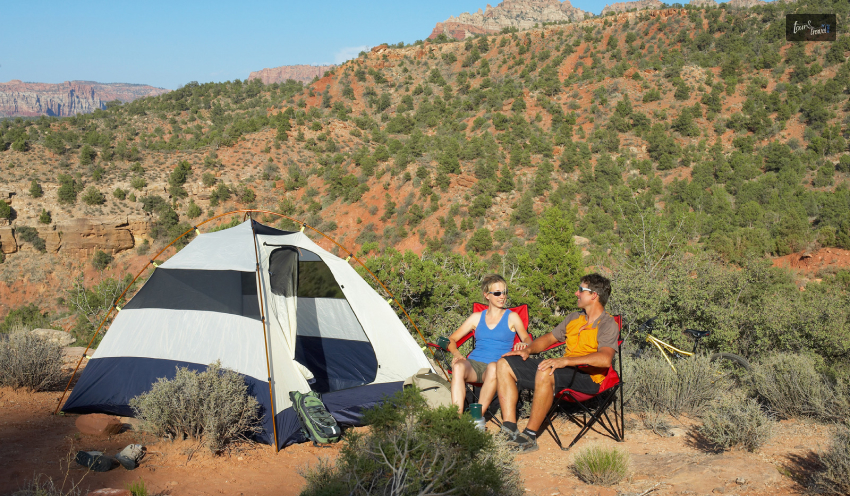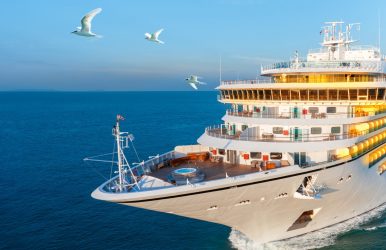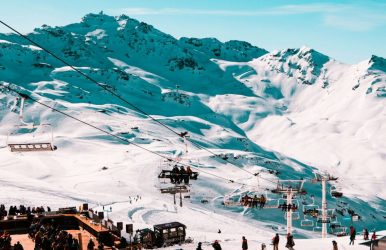Here is a List of Best River Cruises in Europe!
BY sagnika Feb 21, 2025
Do you have plans to explore Europe but on a cruise? Are you wondering about the rumor of these cruises having relaxing spas, and fitness centers along with internet access? Let me share with you the deep secret of these cruises and how they attract customers. Additionally, the discussed cruises are some of the best river cruises in Europe from which you can make your choice. The reason I am saying this is because Europe is an excellent place to enjoy food and drinks! You cannot miss the vineyards! So, let’s get to the way these cruises will help you explore industrial hubs and metropolises without being crowded. You will also get to see the panoramic views of the sky and the river, creating that perfect memory for a honeymoon. Here is a List of the Best River Cruises in Europe! To learn about some of the Best River Cruises in Europe, let us discover the cruise companies that run some of the most successful services. Additionally, you get to learn more about the facilities available on these cruise ships. Do you wonder about the way you will travel, whether you will have everyday shore excursions, or will it just be activity and interest levels? Some of the popular rivers called the Danube and the Rhine in Europe have several cruise options. Let us delve deeper into the various types of cruises such as the best cruises for couples. This will help you make your choices better! 1. Luftner Cruises https://www.instagram.com/p/DEpJvlDO74l/?img_index=4 With a fleet of 11 Amadeus ships, the Luftner cruises as an Austrian family business goes way back 40 years. The European places have some of the coolest ports where you can go and make plans. The ships have spacious sundecks and windows that offer you beautiful panoramic views. The service is five stars with facilities that cater to you personally. The cruise will mostly be on the tributary of the Rhine Rivers, the Moselle River, and the Saar River. You can take the guided tour that is offered across the medieval town of Cochem, as the ship passes the docks. You can check out the Mosel Vineyards thus, going for a wine tasting date. 2. A-Rosa https://www.instagram.com/p/DFLQ3Iit3nu/?img_index=1 If you are looking for a cruise trip that is 4 to 5 days, this is it for you. You can easily identify the ships that belong to the A-Rosa cruise company with their design as a banner. You will see large red lips and roses on the bow on these cruises and the technology of these ships is good. A hybrid-powered ship, you get several amenities including outdoor pools, free passage for children who are under 15 years, and a kids’ club. This shows that this fleet line is quite family oriented. You will also find activities that are family-based such as going on pedal boats on the canals. What's more, you can also request private cars for your family to be transported when stopping at ports! There are several sightseeing options as every city, namely Rotterdam and Amsterdam, has a thriving art scene and beautiful and unique architecture. 3. CroisiEurope Cruises https://www.instagram.com/p/C2u9Qg5yzqs/ On a six-night cruise, you can go on a guided tour of Lubeck and Hamburg. If you love historical places, you must visit a UNESCO World Heritage Site, Lubeck. This cruise is a morning cruise with several services available. The cruise will take you across the river in the morning passing through the Scharnebeck twin ship lift. Additionally, you get to check out the Autostadt theme park which is dedicated to German car design. Day 4 is all about an afternoon cruise where you can check out Magdeburg, which is known for its culture and architecture. It is one of the best places to visit in February. It is one of the Best River Cruises in Europe! There is an evening gala organized which you can enjoy after you have wandered across the Sanssouci Palace gardens. Furthermore, you can then go back on the cruise and finally leave Berlin, checking that beautiful city out. 4. Emerald Cruises https://www.instagram.com/p/Co-VXK_rlpU/ The Emerald Cruises is a fleet of eight ships offering guests first-class suites, amenities, and services. If you are staying in one of the staterooms, you will find hiking poles handy along with bicycles available aboard the ships. The cruise will be on the Rhone River, making a seven-night trip perfect for you, especially with its views of the 16th-century castle when moving towards Tournon. If you are an active individual or want to pursue some activities with your partner, you can get help with EmeraldActive! Apart from hiking, you can go for bike rides and guided tours that include exploring local cuisine and drinks. Additionally, you can go through vineyards for wine tasting, it can be romantic or fun depending on your dates! 5. Tauck https://www.instagram.com/p/DFvQ1FrOXiD/ A travel firm, the cruise company is family-owned and offers cruises and tours to various destinations globally. The personalized services of this award-winning New England cruise company are well-known worldwide. Did you know that the seven-night trip was a round trip that starts from Paris? The City of Lights is not just historic, but it has so much more to offer you when you go on a cruise across the city. The tour on this cruise includes Rouen Cathedral, Louis XIV’s palace, Versailles, and Joan of Arc Square. You cannot miss the beaches of Normandy along with some of the private experiences which include the home of Claude Monet’s home and the Impressionist Museum. When you book the cruise, you will love it, especially with its personalized services! If you are looking for February vacation ideas, this is it for you. With its exclusive experiences including fine dining, suites, and luxurious cabins! 6. Avalon Waterways https://www.instagram.com/p/Cupws2vy0JF/ What is a better way to enjoy your cruise than to watch the riverfront, from the comfort of your bed? When you book a cruise with the Avalon Waterways, you get spacious staterooms along with suites that have floor-to-ceiling windows. Furthermore, you will experience luxury with the huge closet space, bath amenities, full showers, large bathrooms with technological updates, and others. I feel it is one of the Best River Cruises in Europe! Explore the south of the French countryside on the Rhone River with its beautiful villages and picturesque towns. There are different stops, namely Port-Saint-Louis, Arles, and Avignon so, on a seven-night trip, we will make sure you enjoy the best of your time. Additionally, you can go on excursions such as hiking to enjoy panoramic views, try rail cycling, wine tasting, taking a stroll, taking a cooking class, and much more. 7. Uniworld Boutique River Cruises https://www.instagram.com/p/DE3Ep3Mzq1P/ On a seven-night trip, you can go on the cruise, S.S. Beatrice or S.S. Maria Theresa, which starts from Budapest. Yes, you will be getting several choices when it comes to your cruise tour. Are you ready to be on one of the Best River Cruises in Europe? You can go on a food tour or panoramic drive where you can check out the beautiful locales of the place. The trip can be one of a kind, which will take you to luxurious destinations with world-class cuisine and in-suite butler service along with premium drinks and wines. You can check out some of the coolest attractions of a place, especially when your cruise takes a stop at places such as the Vienna Art History Museum or the saffron workshop in Durnstein! Imagine visiting the birthplace of Mozart when exploring Linz along with some exploration of local cuisine. One of the warm places to travel in February, Vienna will make this cruise experience nice. It is quite milder, which means if you are trying to avoid the crowd, this is the perfect time. 8. Adventure by Disney River Cruises https://www.instagram.com/p/Cy6u-uAPJ6r/ Another trip for seven nights, starts from Budapest where you can perform activities such as a petting zoo, a horse show at the equestrian park along with goulash goulash-making competition. Furthermore, there is also a walking tour which you can take in Bratislava. You can go on a hike or bike through the Danube in Melk, Austria if you are planning to have an active day. Did you know you can check out the place where scenes from the popular movie, “The Sound of Music” was shot? A stop in Germany ensures that you can visit a monastery or go for a brewery-tasting tour! It will be perfect for a leisurely day. Finally, the cruise will take you to Munich thus saying farewell to the cruise trip. 9. Viking Cruises https://www.instagram.com/p/DDdHO-1NPOr/ The trip is mostly nine nights beginning from Lisbon where after a walking tour, you can get on board through the Douro River. You can check out vineyards, lush scenery, and baroque palaces along the way thus, visiting Salamanca, Spain on the 6th day. One of the best-known companies, Viking Cruises, is designed to deliver maximum comfort and space. There are two-room suites along with statements that include balconies. Additionally, the cruise also focuses their dining based on their destination. You can visit Regua and Pinhao, Portuguese villages to try their local food and wine. Henceforth, changing their itinerary based on the place. You can experience the destination through the food, culture, and activities. Keep Exploring the Waterways of Europe! So, what are your plans to explore the waterways of Europe? When sharing with you some of the Best River Cruises in Europe, I feel it is important for you to consider the route you want to explore. Furthermore, traveling along rivers might sound boring for hours but if there are walking tours and food tours when the ship docks, what could be better than that? Furthermore, when you can have a leisurely day enjoying the passing scenery, with a book in your hand, you will feel lucky! Comment below on which of the cruises you have already been on! Do let us know what your plans are when it comes to choosing one of these cruises. Also read Top 10 Most Popular Paraguay Food That You Must Try. Top 13+ Famous Wonders Of India That You Must Visit.

